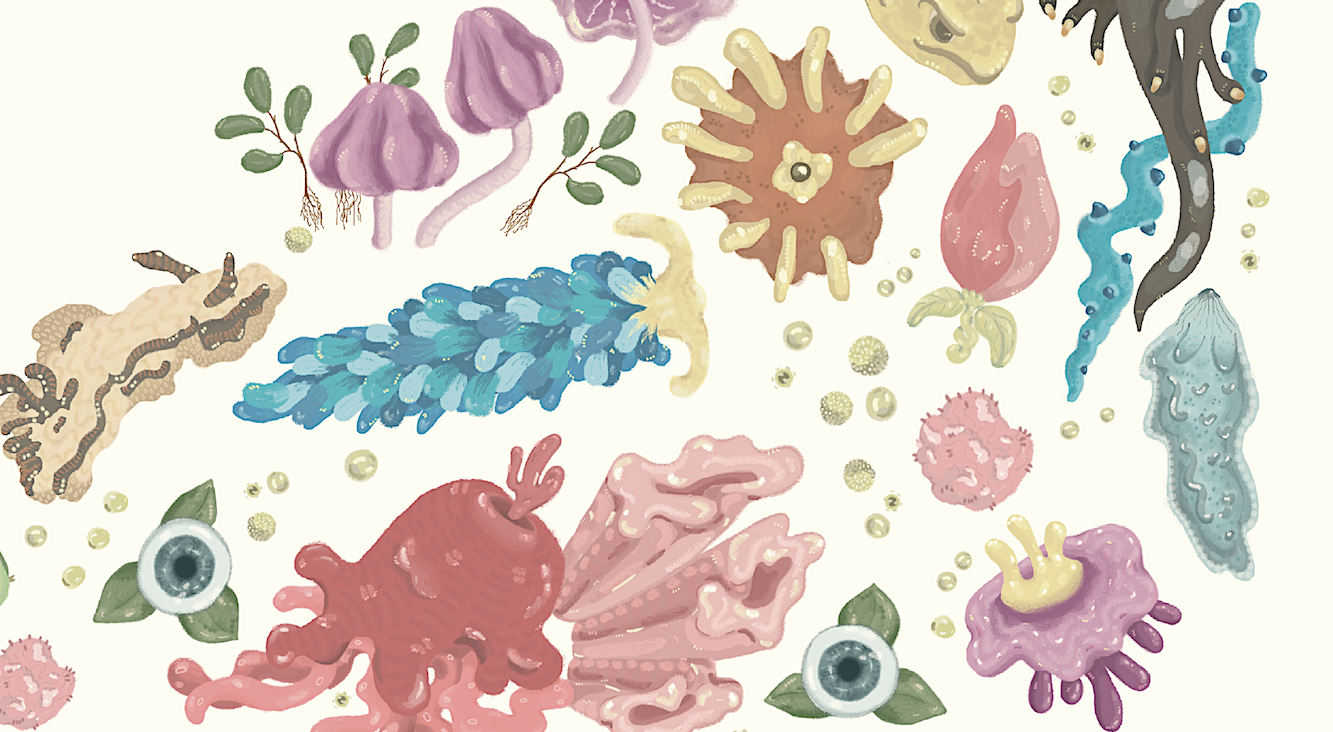Exploring intrastellar bodies in the quest for extraterrestrial habitability. Image credit: Marcelina Jagielka, The Oxford Scientist.
Life as we know it evolved ~4 billion years ago from a single ancestor in the early oceans of the Archean. Since then, life on Earth has gone through a variety of significant changes. Most notably, it has gone from possessing an atmosphere composed predominantly of carbon dioxide, to one of nitrogen and oxygen; transitioned from single-celled life, to the large multicellular forms we are so familiar with today; experienced five recorded ice ages and five mass-extinction events (now arguably in the process of undergoing its sixth one); and has supported the evolution of its first ever “intelligent” civilisation.
An increased awareness of our own existence and the forces that have shaped our realities thus far have led us to question if our planet is alone in harbouring such richness and diversity of life. This has motivated thousands of studies looking into the existence of habitable worlds beyond our own, in the hopes of finding something more—starting with exploration of our own Solar System.
Celestial objects cannot maintain life without certain criteria: the presence of water; suitable elements that can react to form biomolecules (e.g., carbon, oxygen); and a consistent energy source to support these reactions. Water’s exceptionally high thermal stability allows it to remain in a liquid state for longer, making it capable of sustaining multiple complex chemical reactions necessary to form the building blocks of life through progressive mechanisms like that of abiogenesis, where biopolymeric materials evolve from non-living matter and later go on to form living systems that can independently replicate and sustain their own survival.
From these criteria, astrobiologists have been able to discover intrasolar bodies capable of sustaining biological systems.
From these criteria, astrobiologists have been able to discover intrasolar bodies (those within the Solar System) capable of sustaining biological systems. This includes one of Jupiter’s many moons, Europa, famous for its massive subsurface ocean, and one that is thought to receive a stream of organic materials from its collisions with asteroids. These organic bodies contain key elements (e.g., carbon, nitrogen) that can then be cycled by hydrothermal vents deep in the ocean, reacting with the support of large bursts of radiation from Jupiter, allowing them to form new compounds including important biomolecules. Considering this, NASA has planned a mission expected to take place in 2024 to further investigate whether this ocean is capable of sustaining life.
In a similar fashion, Enceladus, a moon orbiting Saturn, has also piqued interest among researchers. The presence of water beneath its surface was confirmed by the Cassini mission in 2015, which detected icy plumes of gas bursting into the atmosphere from a subsurface ocean similar to that of Europa’s. The mission also confirmed an abundance of hydrogen and other key elements in these bursts—potential evidence for nutrients being heated and cycled by oceanic hydrothermal vents. The Enceladus Life Finder (ELF) is a proposed mission to further investigate the capabilities of this moon for harnessing life, and will involve analysing these plumes to determine their chemical composition and whether they are of biotic (‘living’) origin.
Another Jovian moon, Ganymede, the single largest moon in the Solar System, also bears the potential for life.
Another Jovian moon, Ganymede, the single largest moon in the Solar System, also bears the potential for life. The Hubble Space Telescope’s venture into our Solar System detected a large underground saltwater ocean beneath this moon, similar to that of the Enceladus and Europa. Although the presence of neither suitable chemistry nor viable energy have been detected yet, the existence of water alone is enough to raise the possibility of potential life existing on this moon.
Unfortunately, in most cases we lack enough information or power to properly investigate these instances of potential habitability; there is a current dearth of information regarding life beyond our own small, rocky planet. And while this might make the search for life seem fruitless now, we can take solace in the fact that we are closer than ever before to uncovering the mystery of our own existence, and the possibility of life among the stars.





